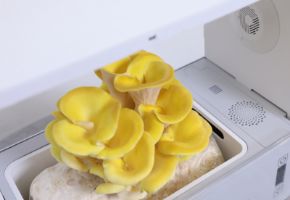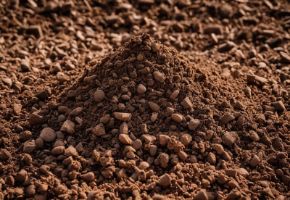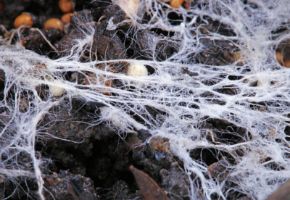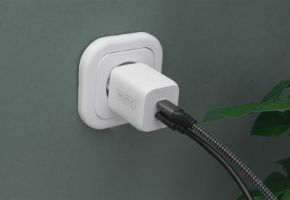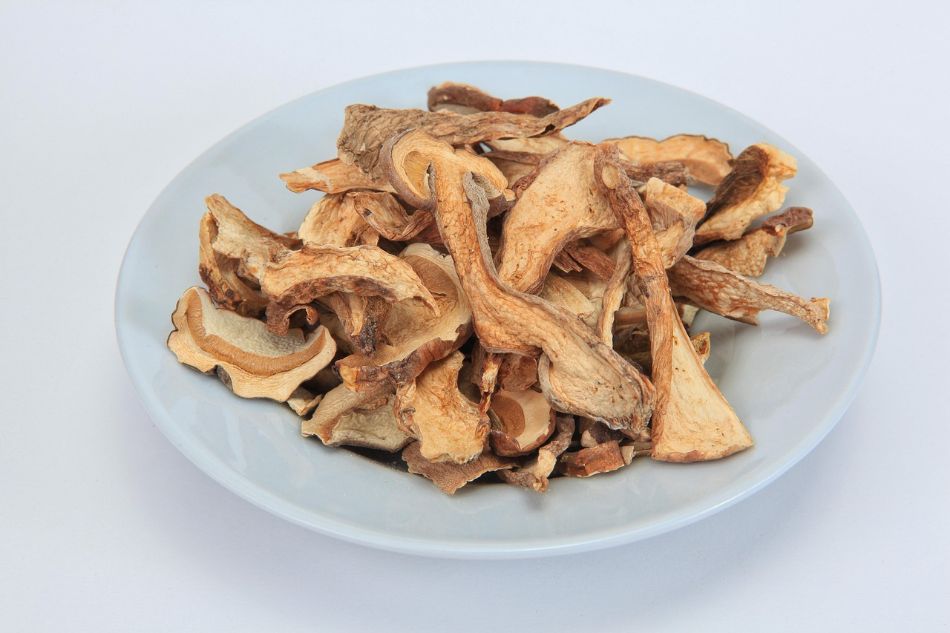The drying of mushrooms is an ancient art that combines tradition and science, essential for those who want to use mushrooms for therapeutic purposes. How to dry mushrooms correctly is not just a matter of method, but of understanding the biochemical processes that determine their effectiveness.
While in traditional cuisine drying mainly serves to extend shelf life, in mycoremediation it is crucial for preserving active compounds, such as beta-glucans, triterpenes, and enzymes that make mushrooms like Reishi, Chaga, and Cordyceps so valuable for health.
What you'll learn in this guide:
- Why drying is essential for medicinal mushrooms
- The best drying techniques (traditional and modern)
- How to store them to preserve their properties intact
- Common mistakes to avoid
Ready to become an expert in mushroom drying? Let's get started!
Why is drying crucial for therapeutic mushrooms?
Before diving into the techniques, it's essential to understand why drying makes the difference between an effective mushroom and one that has lost much of its healing potential.
What happens to mushrooms during drying?
When a mushroom is dried, the water inside evaporates, but it's not just about dehydration. The biochemical processes involved are complex:
- Degradative enzymes are inactivated, preventing the self-destruction of beneficial compounds
- Polysaccharides (like beta-glucans) stabilize, maintaining their immunomodulatory structure
- Triterpenes (found in Reishi) concentrate, enhancing anti-inflammatory efficacy
A study published in the Journal of Medicinal Food showed that poorly managed drying can reduce up to 40% of active compounds.
Which mushrooms benefit most from drying?
Not all mushrooms react the same way. Some, like Chaga, develop more potent compounds after drying, while others, like porcini, are better suited for fresh consumption.
| Mushroom | Active Compound | Drying Benefit |
|---|---|---|
| Reishi | Triterpenes, Polysaccharides | Higher concentration of antitumor compounds |
| Chaga | Betulinic Acid, Melanin | Increased bioavailability |
| Cordyceps | Cordycepin | Stabilization of energy enzymes |
What makes drying "perfect"?
Well-executed drying must:
- Preserve heat-sensitive compounds (without exceeding 40-45°C)
- Reduce moisture below 10% (to prevent mold)
- Maintain natural color and aroma (a sign of a non-aggressive process)
How to dry mushrooms: traditional and technological methods
Now that we know why it's important, let's see how to do it the best way. There are several techniques, from the oldest to the most advanced.
Preparation: the crucial step
Before drying, you must prepare the mushrooms correctly:
Cleaning without water
- Never wash them under water! Beta-glucans are water-soluble and would disperse
- Use a soft-bristled brush or a damp cloth only on dirty parts
Uniform cutting
- Slice them to 3-5 mm to ensure even drying
- For hard mushrooms like Chaga, it's better to cut them into smaller pieces
Drying methods
A. Natural drying (Sun and Air)
Advantages:
- Zero energy costs
- Preserves natural aromas
Disadvantages:
- Depends on the weather (humidity and rain can ruin everything)
- Slower (3-7 days)
How to do it:
- Arrange the mushrooms on bamboo racks (no metal, as it can oxidize them)
- Cover with cheesecloth to keep insects away
- Expose to direct sunlight, but bring them inside at night to avoid nighttime humidity
B. Electric dehydrator drying
Advantages:
- Precise temperature control (ideal at 35-40°C)
- Fast (12-24 hours)
Disadvantages:
- Electricity consumption
- Some cheap models may overheat
How to do it:
- Set the temperature to a maximum of 40°C
- Arrange the slices without overlapping
- Rotate the trays every 4 hours for uniformity
C. Freeze-drying (best method, but expensive)
Advantages:
- Preserves 98% of active compounds
- Very long shelf life
Disadvantages:
- Expensive professional equipment
- Complex process
Post-drying storage: how to keep them potent for a long time
Once dried, mushrooms must be stored perfectly, otherwise they risk losing effectiveness.
Checking residual moisture
Before storing, ensure they are completely dry:
- "Snap" test: if they break cleanly, they're ready
- Precision scale: weigh them before and after; if the weight doesn't change in 24h, they're stable
Best storage containers
- Airtight glass jars (with a tight-sealing lid)
- Vacuum-sealed bags (ideal for large quantities)
- Jars with silica gel (absorbs residual moisture)
Avoid:
- Non-food-grade plastic (can release chemicals)
- Direct light (oxidizes active compounds)
Frequently asked questions about mushroom drying
Can you dry frozen mushrooms?
No. Freezing breaks cell walls, releasing enzymes that degrade active compounds.
How long do dried mushrooms last?
If stored correctly:
- 6-12 months in a jar at room temperature
- Up to 2 years vacuum-sealed in the freezer
How to tell if dried mushrooms have gone bad?
- Moldy smell
- Dark, shiny color (a sign of moisture)
- Rancid taste






